
| Recorded by: Jim Petranka and Bo Sullivan on 2023-08-08
Ashe Co.
Comment: | 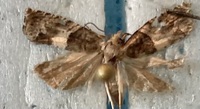
| Recorded by: Darryl Willis on 2023-08-01
Cabarrus Co.
Comment: |
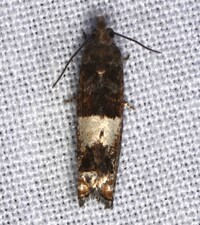
| Recorded by: David George, Stephen Dunn, Jeff Niznik on 2023-07-31
Macon Co.
Comment: | 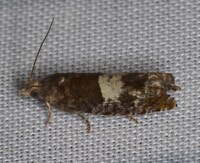
| Recorded by: David George, Stephen Dunn, Jeff Niznik, Rich Teper, Becky Watkins on 2023-07-30
Swain Co.
Comment: |

| Recorded by: David George, Rich Teper on 2023-07-30
Swain Co.
Comment: | 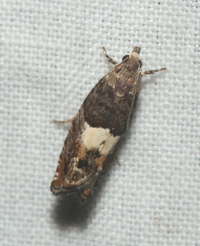
| Recorded by: David George, Stephen Dunn, Jeff Niznik, Rich Teper, Becky Watkins on 2023-07-29
Swain Co.
Comment: |
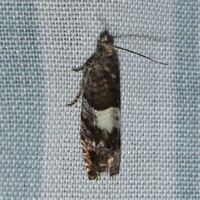
| Recorded by: David George, Steve Hall, Stephen Dunn, Jeff Niznik, Rich Teper, Becky Watkins on 2023-07-22
Orange Co.
Comment: | 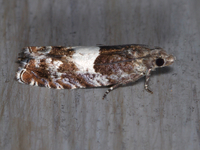
| Recorded by: Jim Petranka on 2023-07-10
Madison Co.
Comment: |
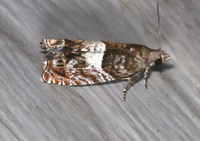
| Recorded by: Jim Petranka on 2023-07-08
Madison Co.
Comment: | 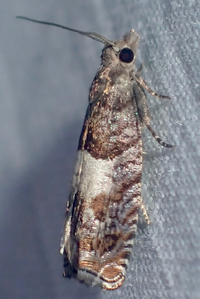
| Recorded by: tom ward on 2021-07-05
Buncombe Co.
Comment: |
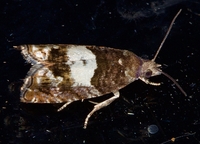
| Recorded by: Jim Petranka and Becky Elkin on 2019-07-10
Madison Co.
Comment: | 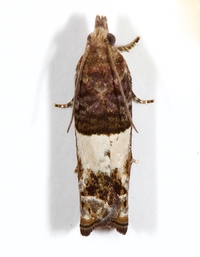
| Recorded by: Jim Petranka and Becky Elkin on 2019-06-27
Madison Co.
Comment: |
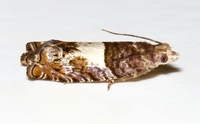
| Recorded by: Jim Petranka and Becky Elkin on 2019-06-27
Madison Co.
Comment: | 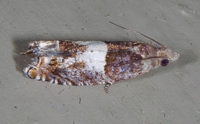
| Recorded by: Jim Petranka and Becky Elkin on 2019-06-25
Madison Co.
Comment: |
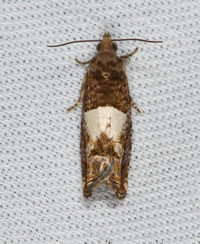
| Recorded by: Jim Petranka and Becky Elkin on 2019-06-25
Madison Co.
Comment: | 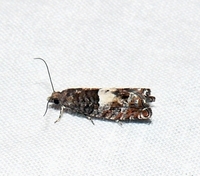
| Recorded by: Lori Owenby on 2018-07-25
Watauga Co.
Comment: |
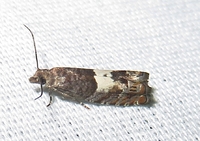
| Recorded by: Lori Owenby on 2016-06-29
Yancey Co.
Comment: | 
| Recorded by: B. Bockhahn, K. Kittelberger, P. Scharf on 2015-06-18
Avery Co.
Comment: |
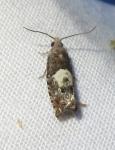
| Recorded by: B. Bockhahn, K. Kittelberger, P. Scharf on 2015-06-18
Avery Co.
Comment: |

 »
»



 »
»

